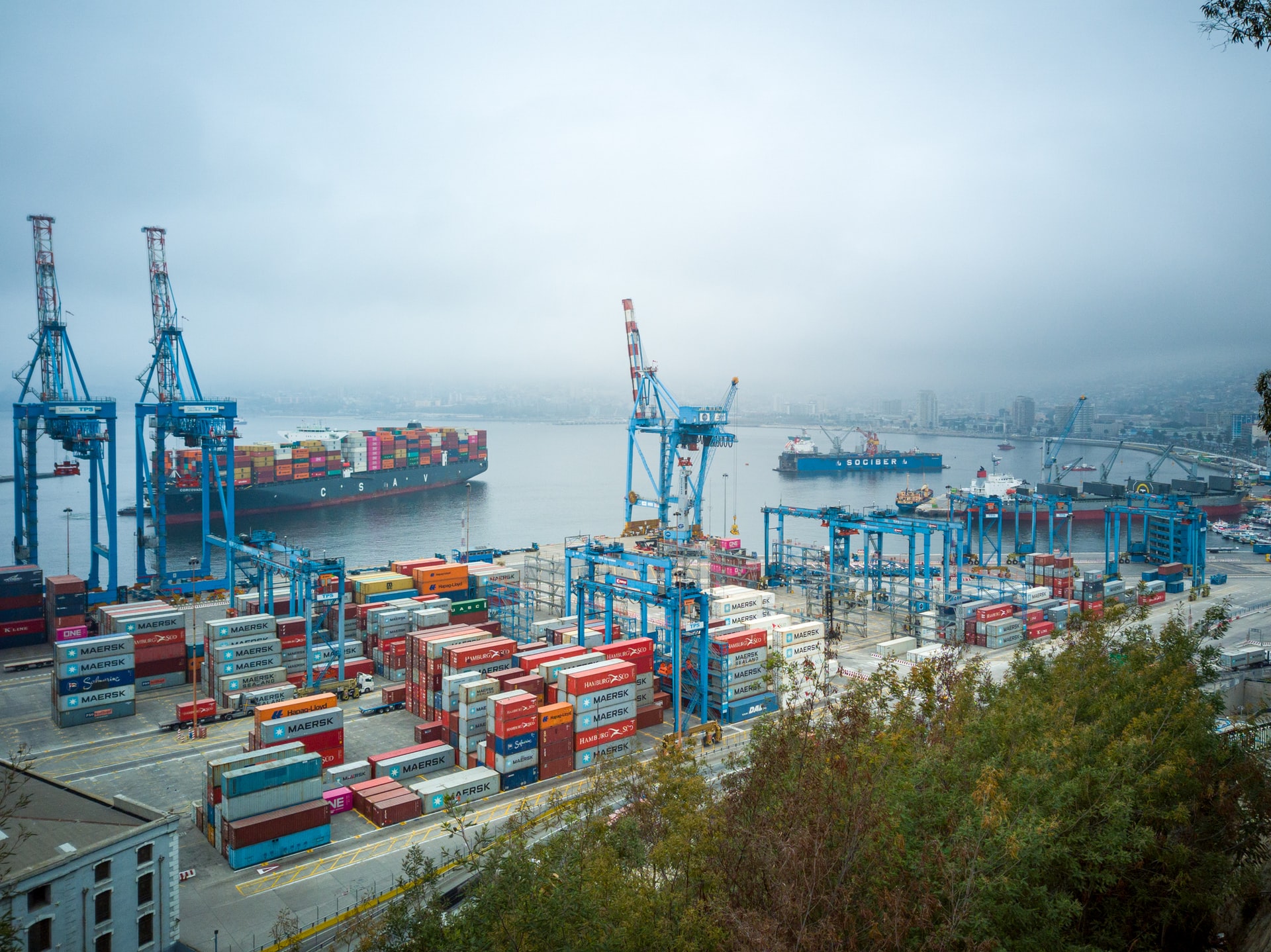Travel restrictions due to COVID-19 have posed many challenges to the freight transportation industry. Manufacturing disruptions and travel restrictions affected supply chains across the globe, resulting in a shortage of truck drivers to pick up containers, and canceled shipments by ocean carriers. This decrease in demand for freight transportation in early 2020 did not last long. However, by the end of 2020, U.S. imports from Asia were almost 30% higher than in December of 2019. Fluctuating demand in 2020 brought canceled shipments and lower transportation rates in the first half of the year. Later in the year, the unexpected increase in maritime shipments had many container vessels operating at near maximum capacity with increased freight rates.
In 2021, global merchandise trade continued to grow, as did the demand for international and domestic freight transportation. In an attempt to deal with an above-average amount of container ships waiting to be unloaded, some ocean carriers have purchased more vessels and containers for their fleets. However, these could take years to enter service, and port backlogs from 2021 have stretched into 2022.
Previously Popular Ports
Large ports have experienced significant delays in the face of temporary closures and backlogs of ships to unload. In August 2021, the third-busiest container port in the world, Ningbo-Zhoushan in China, closed one of its ports for most of the month after one worker was infected with COVID-19. A few months before this, another one of China’s busiest ports, Yantian in Shenzhen, was closed from late May through late June.
This past summer also saw record bottlenecks at U.S. ports, which caused ocean carriers to max out freight transportation capacity, exacerbating the global supply-demand imbalance. Record numbers of ships waiting to unload containers have been a problem, particularly in California (Los Angeles/Long Beach), New York, New Jersey, Georgia (Savannah), and South Carolina (Charleston).
Newly Popular, Albeit Smaller Ports
The twin ports in California (Los Angeles/Long Beach) are having the most issues with backlogged ships parked offshore, and other smaller ports have expressed interest in serving as alternate receiving destinations. Ports in Oakland, California; Jacksonville, Florida; and Texas are pitching to serve as relief for ships that could now be fined for staying too long offshore. Oakland serves as the closest alternative to LA/LB, while ports on the Gulf and East coast could make sense for freight that will eventually be shipped East from California anyway. Sailing through the Panama Canal to Florida can add ten additional days to the two-week trip from Asia to California, but it may be a more cost-effective route in the long run with current delays in LA/LB. Florida’s busiest Port of Jacksonville has tried to attract carriers by offering cost-beneficial alternatives to their existing routes. They hold a valuable location for freight transportation, advertising that they reach nearly 100 million consumers within about a one-day drive from the port.
Other Solutions to Port Problem
In 2021, ports started to enforce stricter rules on dwelling cargo ships. Ocean carriers parked at Los Angeles/Long Beach can be charged for containers intended for truck pickup dwelling for nine days or more. Ocean containers carrying cargo intended for rail transportation will be charged after dwelling six days or more. Each overdue container would result in a $100 fine, increasing in $100 daily increments until the container is unloaded. This policy has been put on hold until January 17th. However, these two ports have had a 45% decline in aging cargo since the fee was implemented in late October 2021.
Funds allocated through the Bipartisan Infrastructure Deal and the Biden-Harris Action Plan for America’s Ports and Waterways hope to modernize and fully equip our nation’s ports. The Port Infrastructure Development Grant puts more than $240 million in grant funding towards launching programs to modernize ports and marine highways. Other programs in this plan aim to repair outdated infrastructure, deepen harbors for larger cargo ships, and upgrade obsolete inspection facilities. These programs gave the heavily congested Savannah port in Georgia more than $8 million to convert current inland facilities into five pop-up container yards.

